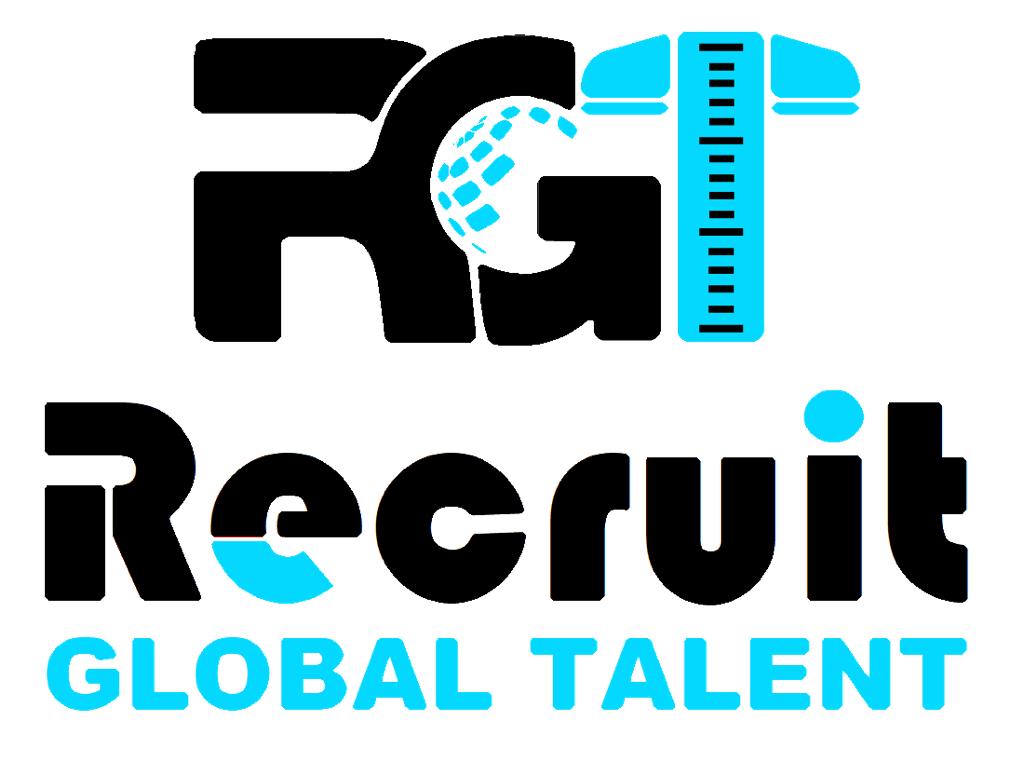Global recruiting is the process of sourcing and hiring employees worldwide. This can be done in several ways, including online job boards, social media, and international job fairs. Global recruiting allows organizations to tap into a larger talent pool and find the best candidates for their open positions.
The global recruiting landscape is constantly evolving. To stay ahead of the curve, it’s essential to be aware of the latest trends and benefits of Remote Recruiting and hiring remote workers from all over the world.
Why create a global recruitment strategy?
There are many reasons you might want to consider creating a global recruitment strategy. Maybe you’re looking to fill a specific skills gap in your organization. Or perhaps you want to increase the diversity of your workforce. Whatever the reason, a global recruiting strategy can help you achieve your goals.
When done correctly, global recruiting can have several benefits for your organization, including:
Expanding your business: A global recruiting strategy can help you expand your business into new markets.
Filling skills gaps: By sourcing talent from around the world, you’ll be able to find candidates with the specific skills and experience you need to fill your open positions.
Increasing diversity: A global recruiting strategy can help you increase the diversity of your workforce. This can have many benefits, including improved team performance and increased creativity.
Keeping up with the competition: In today’s global economy, it’s essential to stay ahead of the competition. A global recruiting strategy can help you do just that.
Staying flexible: With the ever-changing landscape of the global economy, it’s essential to adapt quickly. A global recruiting strategy can help you do just that.
Lowering expenses: A global recruiting strategy can help you lower your recruiting expenses. This is because you’ll be able to source talent from a larger pool of candidates.
Boosting diversity: A global recruiting strategy can help you boost the diversity of your workforce. This is because you’ll be able to tap into a larger pool of talent.
Steps in the Global Recruitment Process
You’ll need to take a few steps to implement a global recruitment strategy successfully. These steps include:
1. Understand the Country
The first and most crucial step is to research the factors of a country that can directly affect your operations, such as; business customs, work hours, and minimum wage rates.
Every country has its laws and regulations on hiring, recruiting, and employee benefits, so you will want to be familiar with these before expanding your business.
Payroll taxes are the essential thing that needs to be considered, and you will have to withhold taxes from your employee’s paycheck and make payments yourself.
2. Engage in Planning and Due Diligence
The next step is to engage in planning and due diligence. This includes creating a plan of action and doing your research.
You’ll need to determine what type of talent you’re looking for and where they’re located. You’ll also need to research the visa requirements of the countries you’re considering.
For example, if your company has had work out of the country and doesn’t want to send their manager, then Recruit Global Talent is the best choice and hire a remote engineer.
3. Understand Your Ideal Candidate
To find the best candidates, you need to understand your ideal candidate clearly. This includes knowing what skills, mindset, and experience they should have.
It would be best if you also created a candidate persona. This is a fictional character that represents your ideal candidate. This will help you better understand who you’re looking for and where to find them.
Skills: What kind of skill set are you looking for in a candidate? A person may have advanced skills in a specific programming language but may not have the ability to think outside the box.
Mindset: What kind of mindset do you want your candidate to have? Are they creative? Analytical? Do they have a growth mindset?
Experience: What kind of experience do you want your candidate to have? Do you want them to have industry experience? Startup experience?
4. Establish a Location
The next step is to establish a location-independent global recruiting process. This means that your recruitment process should not be limited by geography.
There are a few ways to do this. One way is to use online tools such as Skype, Google Hangouts, Google meets, Zoom, and Upwork.
5. Gather Documents
After you’ve established a location-independent global recruiting process, the next step is to gather the required documents.
Each country has different visa requirements. For example, if you’re recruiting globally from the Philippines, you’ll need to obtain a work visa.
You can find the required documents by doing a Google search or contacting the embassy of the country you’re recruiting from.
6. Create a Job Description
The next step is to create a job description. This should include the job title, duties, responsibilities, qualifications, and skills required.
It’s essential to be clear and concise when writing your job description. You want to make sure that you’re attracting suitable candidates.
You can use job boards such as Indeed, LinkedIn, and Monster to post your job description.
7. Screen Candidates
Once you’ve created a job description, the next step is finding candidates. There are a few ways to do this.
One way is to use job boards such as Indeed, LinkedIn, and Monster. Another way is to use social media platforms such as Facebook, Twitter, and Instagram.
Once you’ve found a few candidates, the next step is to screen them. This means that you’ll need to interview them and check their references.
You can use Skype, Google Hangouts, or Zoom for your interviews.
8. Interview
After you’ve screened the candidates, the next step is to interview them. This can be done via Skype, Google Hangouts, or Zoom, whether you are hiring from out of the country or within the country.
During the interview, you’ll want to ask questions about their experience, qualifications, and skills. You’ll also want to ask them about their availability and willingness to relocate. It would be best if you also asked them about their motivation for wanting to work for your company.
9. Determine Compensation
The next step is to determine the compensation. This includes the salary and benefits.
You’ll want to consider the cost of living in the country you’re recruiting from and the currency exchange rate.
It would be best to research the average salary for the position you’re looking to fill.
10. Offer the Job
After you’ve interviewed the candidates and determined the compensation, the next step is to make an offer. This includes extending a job offer and negotiating salary.
You’ll want to extend the job offer to the candidate you think is the best fit for the position.
Once you’ve extended the job offer, you’ll want to negotiate the salary. You can do this via email, Skype, or over the phone.
After you’ve negotiated the salary, the next step is to send the contract. The contract should include the job title, duties, responsibilities, salary, and start date.
11. Onboard New Employees
After sending the contract, the next step is to onboard your new employee. This includes orienting them to the company and their new role.
You should also provide them with the necessary training and resources.
Once you’ve onboarded your new employee, you can start working on building a great team!
With the help of Globalization Partners, you can create international teams and provide support. We can help you with the visa process, finding candidates, and onboarding new employees. Contact us today to learn more!


One Response